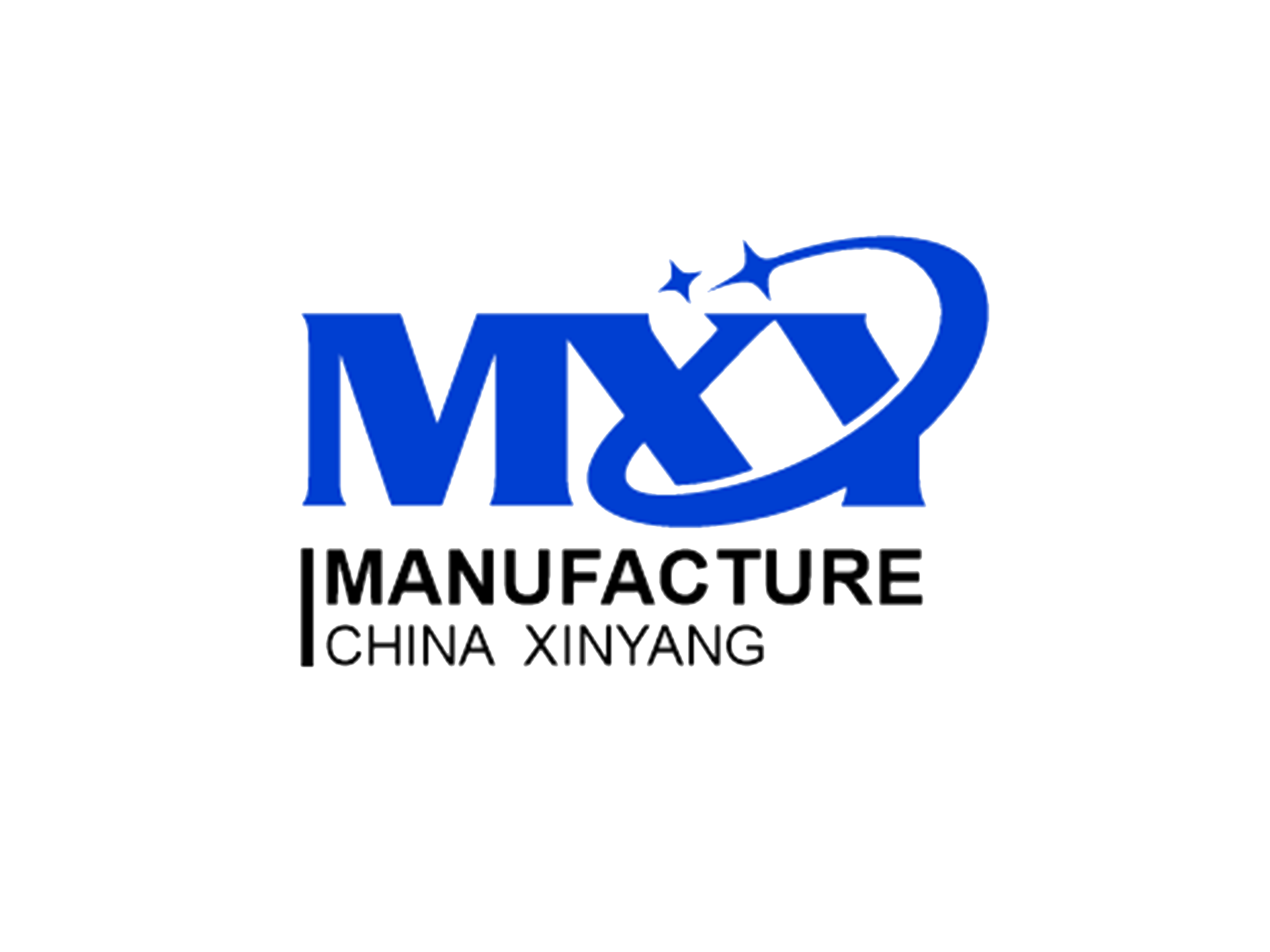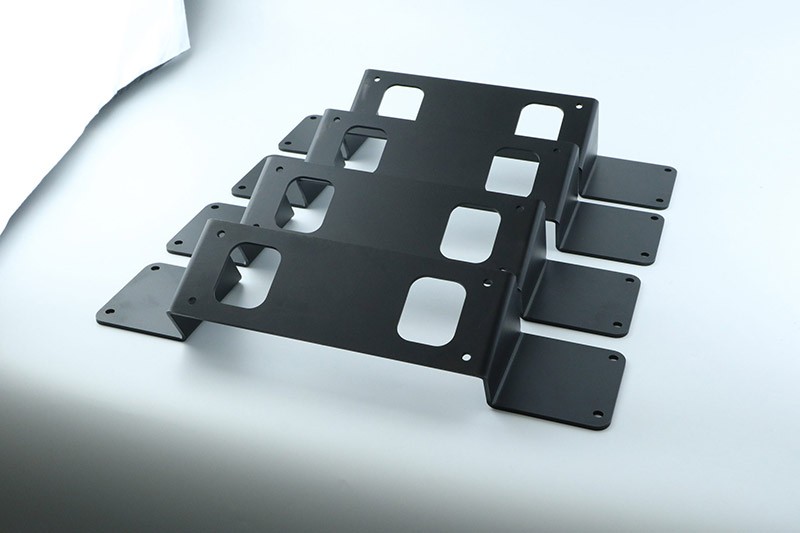
Sheet Metal Services
- Malleability
- Lightweight
- Easy Repairable
- Low Cost
- Free Consultation and Instant Quote
- Quick Production
- Service with No Worries
Why Sheet Metal Fabrication?
Lightweight
Metal sheets are known for their lightweight nature, making them extremely easy to transport compared to other materials that are recognized for their durability but are considerably heavy. Moreover, this characteristic facilitates the handling and upkeep of metal sheets for metal workers and fabricators.
Malleability
The flexibility of these metals is a key factor in the advantageous nature of sheet metal production for businesses. Not only are these metal sheets durable, but they can also be easily manufactured and shaped according to your preferences. This characteristic renders them perfect for a wide range of architectural designs and enables a remarkably straightforward design process for the staff involved.
Easy Repairable
Inspecting sheet metals is an uncomplicated task, as any damage can be easily identified. The majority of damages can be rectified with minimal effort. Instead of dismantling the entire structure, it is sufficient to remove the damaged metal sheet, repair it, and subsequently reinstall it.
Free Consultation and Instant Quote
Please submit your CAD file or 2D draft along with the product requirements in order to receive a prompt quotation.
Quick Production
Our GBA certified suppliers ensure that you can get your parts delivered in as little as three days in the Eastern South region.
Low Cost
Sheet metals and metal fabrication offer cost benefits to contractors, businesses, and other industrial companies because of their affordability and high quality, which are advantageous for both the companies and their clients.
Service with No Worries
We will provide you with regular updates on the progress of production and shipping as soon as we commence.
Our Capabilities
Sheet metal fabrication encompasses a range of techniques utilized at different stages of production to mold a metal sheet into the desired shape. These techniques include laser cutting and bending. If you require metal parts with consistent wall thickness, sheet metal fabrication is the optimal solution.
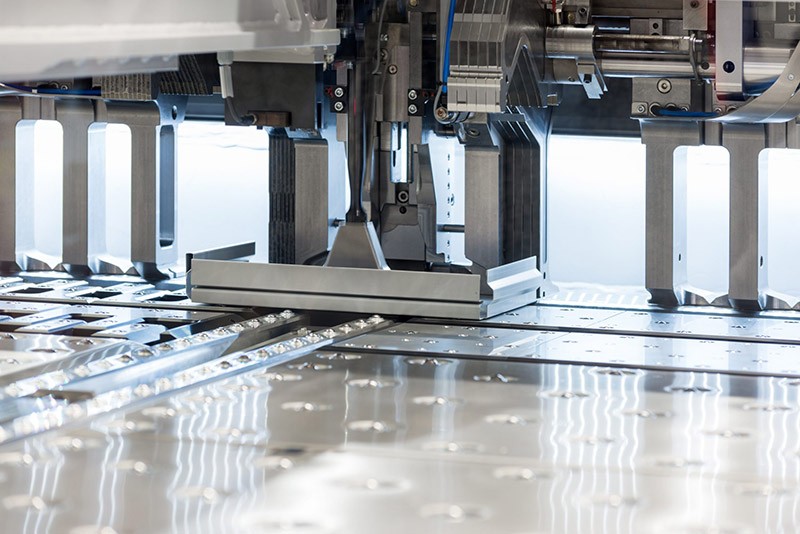
Cutting
✔ Laser Cutting
✔ Water Jet Cutting
✔ Plasma Cutting
Forming or Deformation
✔ Bending
✔ Stamping
✔ Hemming
✔ Spinning
Assembly
✔ Welding
✔ Joining using Fasteners
✔ Brazing
✔ Adhesives
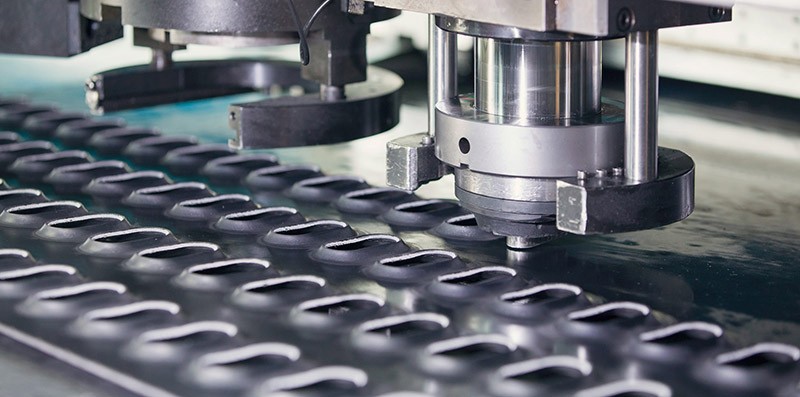
The Cutting of Sheet Metal Fabrication
Cutting is the prevailing and widely utilized method for manufacturing sheet metal. Various types of machinery are employed to cut the sheet metal, which is then manipulated to form a component. Consequently, the process unfolds as follows:
Laser Cutting
Laser cutting is an efficient method for cutting thin or medium gauge sheet metals using a powerful laser. It is known for its speed, precision, and energy-saving capabilities.
Water Jet Cutting
Water jet cutting is a technique that involves the use of a high-pressure water jet containing abrasives to cut sheet metal. This method, commonly referred to as water jet cutting, is particularly advantageous for metals with low melting temperatures as it effectively prevents any distortion caused by heat generation.
Plasma Cutting
Water jet cutting is a technique that involves the use of a high-pressure water jet containing abrasives to cut sheet metal. This method, commonly referred to as water jet cutting, is particularly advantageous for metals with low melting temperatures as it effectively prevents any distortion caused by heat generation.
Materials for Sheet Metal Fabrication
We offer an extensive selection of primary metals for 3D Printing, CNC machining, Casting, and Sheet Metal Fabrication, catering to various industries. This empowers our clients to create unique prototypes and custom parts for their specific needs.
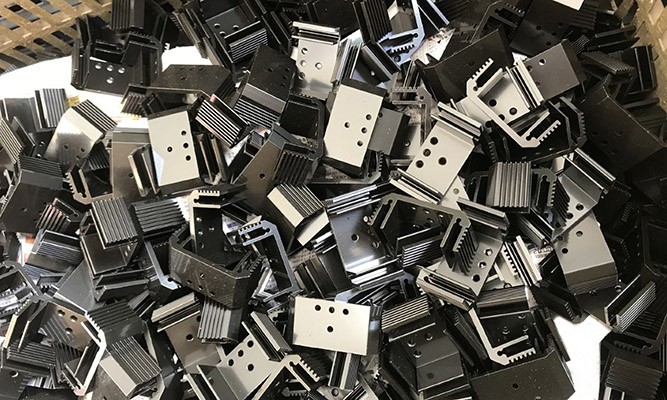
√ Low weight
√ Fast Building
√ High strength and hardness
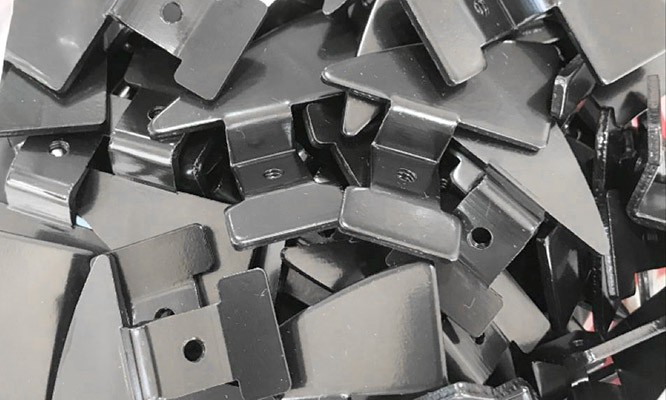
√ Can apply to Food Processing
√ Easily machined into diverse shapes
√Excellent strength, corrosion resistant
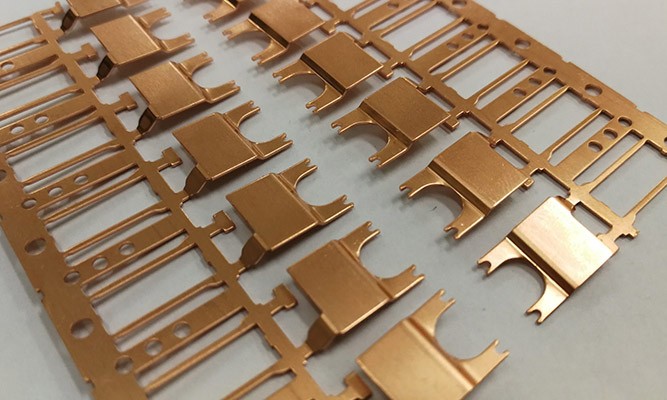
√ Strong alloy with corrosion resistance
√Unlike iron, neither brass nor bronze rusts
√Jewelry size to large sculptures
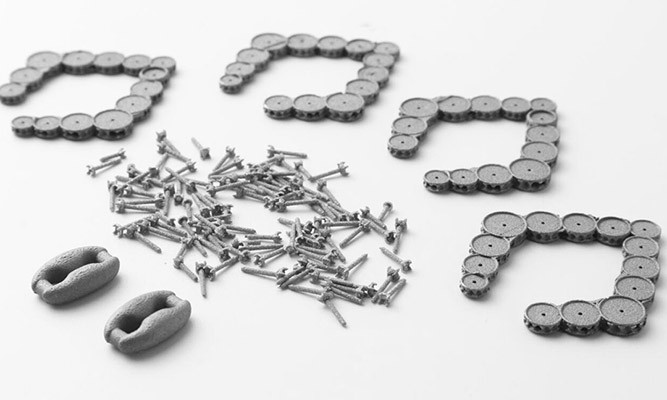
√Lightweight & Bio-compatible
√ Sports, Medical & Aerospace use
√Excellent resistance to cavitation
Surface Finish Selection
You have the option to choose among several secondary processes to produce final parts, including heat treating, tapping, reaming, and post-machining.
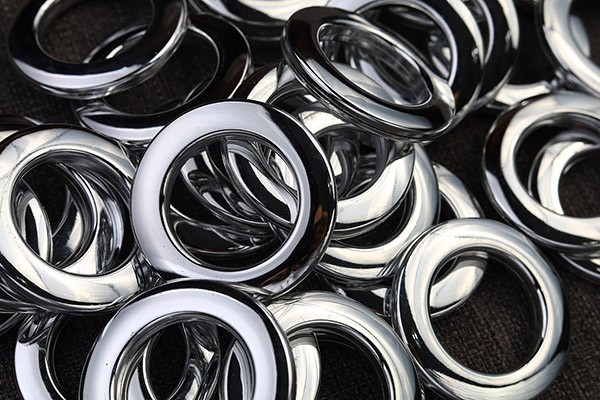
√Aesthetic improvement
√Temperature resistance
√Increase corrosion resistance
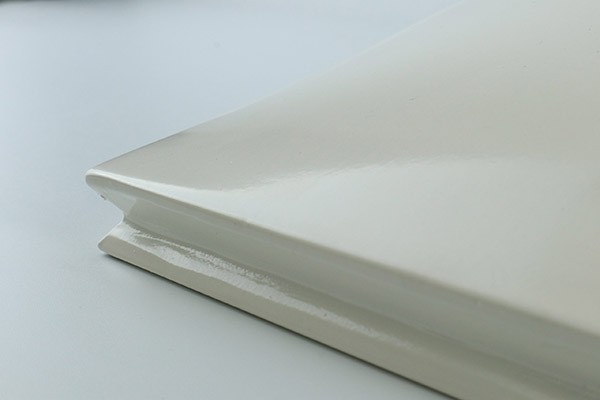
√Aesthetic improvement
√Increase corrosion resistance
√Increase abrasion resistance
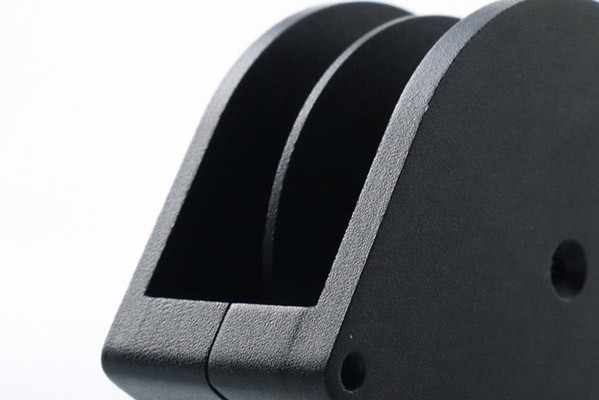
√ Aesthetic improvement
√Increase corrosion resistance
√Increase wear resistance

√Smoother
√ Reduce faws
√ Remove old paint
- Standard:Sand surfaces to remove build lines and bead blasted.
- Anodized:An electrochemical procedure that transforms the metal surface into an attractive, long-lasting, corrosion-resistant, anodic oxide coating.
- Heat Treated: The application of heat or cold, typically to extreme levels, in order to attain a specific outcome such as the solidification or relaxation of a substance.
- Polished: Sand the surfaces to eliminate any visible build lines, and subsequently, apply a polishing compound until the desired surface finish is achieved.
- Metal Plated: Aluminum has the capability to undergo plating with various metals, which serves to enhance its resistance against corrosion, increase its durability against wear, and enhance its overall visual appeal. The plating process can be achieved through either electroplating or electroless plating methods. Among the commonly used metals for plating aluminum are tin, nickel, electroless nickel, gold, and silver.
- Powder Coating:Powder coating provides a durable alternative for adding color to aluminum sheet metal components, while simultaneously enhancing their resistance against corrosion.
- Additional post-processing:Includes CNC milling, lathing & EDM
